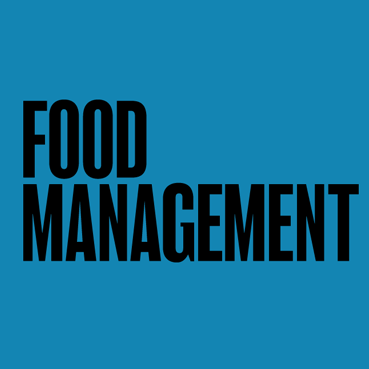Payment SystemsPayment Systems
January 1, 2007
FM Staff
Motorola's experimental M-Wallet chip will allow customers to use their cell phones not just to do their banking but to interact with merchants on loyalty programs involving electronic coupons and promotions. |
High-speed card readers have already made electronic payment practical for a much wider range of transactions than ever before. Even cabbies can now take credit cards, thanks to wireless processor terminals.
One of the hottest new media for electronic payment is the cell phone, a device that is fast becoming as universal a personal carryalong as a wristwatch. This ubiquity is making providers look for ways to integrate the phone with the wallet.
Early last year, Motorola announced that it will build handsets equipped with an "M-Wallet" chip that will allow cell phone users to do their banking and pay bills. It will also allow merchants to issue virtual loyalty or gift cards directly to customer mobile phones. The phones could also be used to collect loyalty points. M-Wallet users must opt-in to receive coupons or other promotional services, allowing them to choose preferred merchants who participate in the program.
Indeed, new kinds of loyalty programs are a big part of cell phone based payment systems because of their interactivity and their GPS feature, which allows their location to be pinpointed.
How could it work? Say for instance that a customer who had previously ordered a personal pizza and paid with his cell phone could be targeted with a text message the next time he walks by the building, inviting him to come in and enjoy another one at half price if he responds within the hour. This message could also be made to flash only if he is in the vicinity of the cafe at a particular (slow) time of day.
Or, a cafe needing to goose sales could flash an impromptu short-term "special" to all customers in the area.
Some vendors are exploring ways to integrate loyalty cards into cell phones so consumers don't have to fumble through their wallets or keychains.
One example: customers using the cellular payment system from Watertown, MA-based MobileLime simply enter a specific merchant ID number into their phones to complete transactions with a growing list of area merchants. A key feature of MobileLime's service is the Mobile Rewards program. One merchant, Cambridge, MA-based grocer Broadway Marketplace, recently used Mobile Rewards to generate a 20-percent increase in full day sales over a typical day during a membersonly promotion of the service. Mobile Rewards lets Broadway communicate offers to customers before, during and after each transaction, more effectively influencing buying behaviors.
Text-based promotions are only the beginning. Video messaging promises even more interactivity and will soon display content like animated (or static) graphics, scrolling text, even live feeds on many phones. The result is not exactly your typical newspaper clip coupon.
Higher tech payment options may also challenge already established "high-tech" payment solutions. For example, the use of biometric readers that scan fingerprints to validate lunch accounts is spreading among K-12 schools, but a newer version of the technology is on the horizon. A recent alliance between biometrics vendor CellMax Systems, Ltd., and POS system producer PCS Revenue Control Systems, Inc., will pilot a voice recognition product early in 2007. With it, a student merely speaks his/her name and number and the individual account data and photo comes up on the POS screen, automatically charging the student's account and/or logging subsidy status, avoiding the stigma surrounding "fingerprinting" children.
In colleges, campus cards are moving past a universal on-campus system. The One-Card System at Wilfrid Laurier University in Waterloo, Ontario, now can also be used off-campus, at various restaurants, to pay for taxis and bus service, and even purchases from an off-campus pharmacy.
Tray of the Future? Mediox is marketing a tray with embedded LCD panels that can deliver customized, interactive multimedia information to individual diners. The technology potentially allows user-based feedback and enables onetoone target marketing. |
|---|
LetThem Order ! SelfService web and kiosk system from InfoGenesis includes eMenu self-service web and interactive kiosk ordering application and eCash stored value cards that help operators increase order size and cut transaction costs. |
Touch and Pay. Intuitive touch screen design from FreedomPay allows cafe patrons to order and pay in one transaction via credit card, at point of sale or from prefunded account via RFID technology. The system reduces customer wait time and improves service staff productivity. |
About the Author
You May Also Like




.jpg?width=300&auto=webp&quality=80&disable=upscale)

